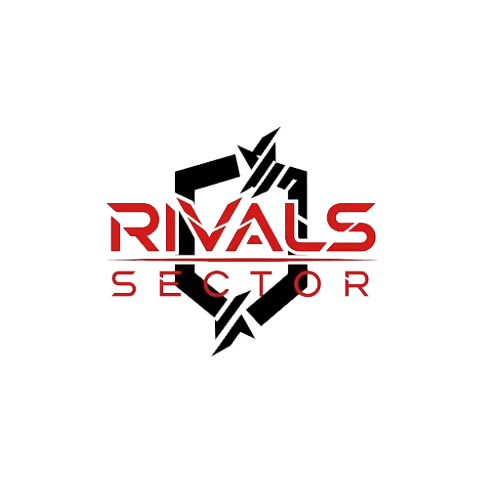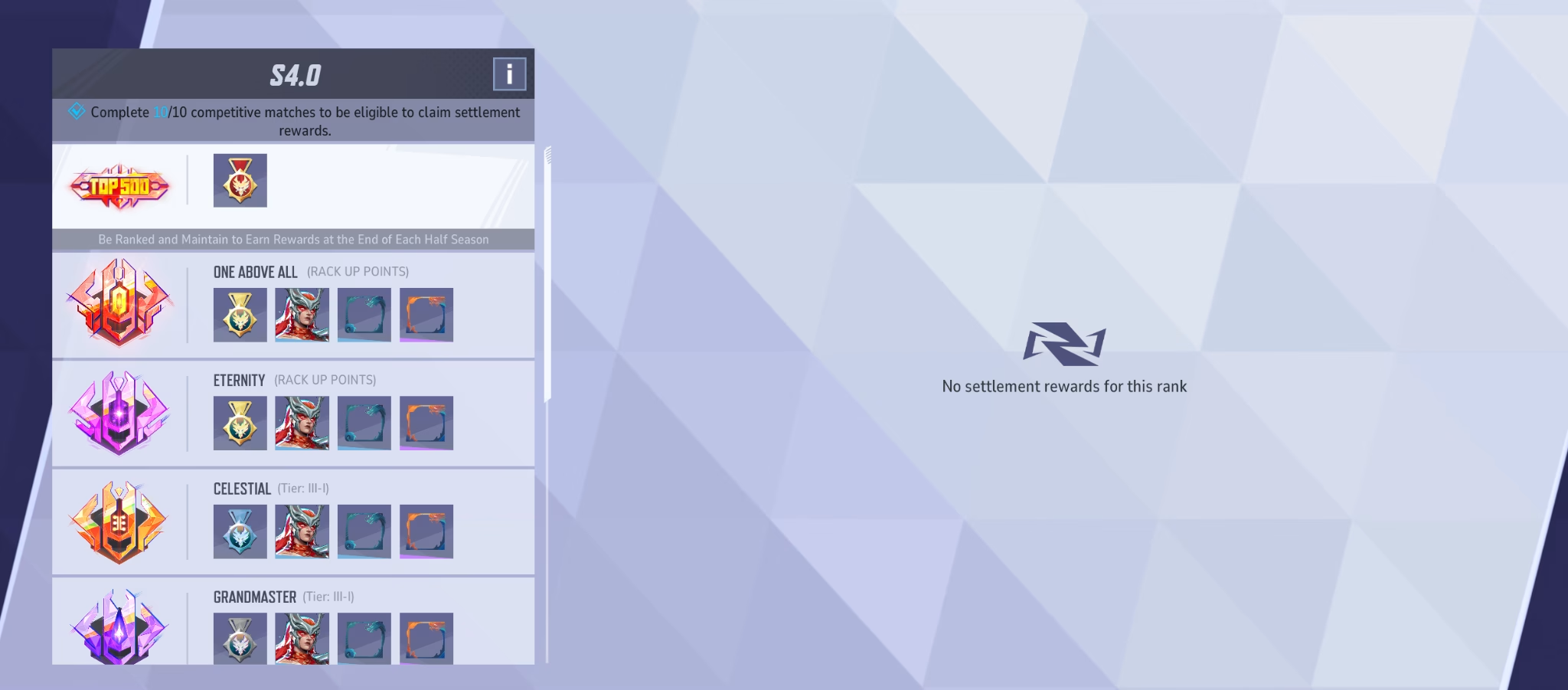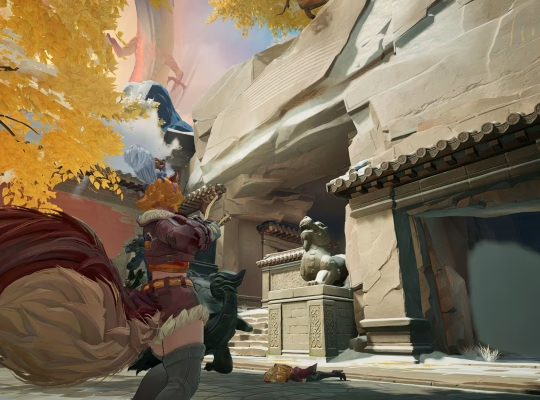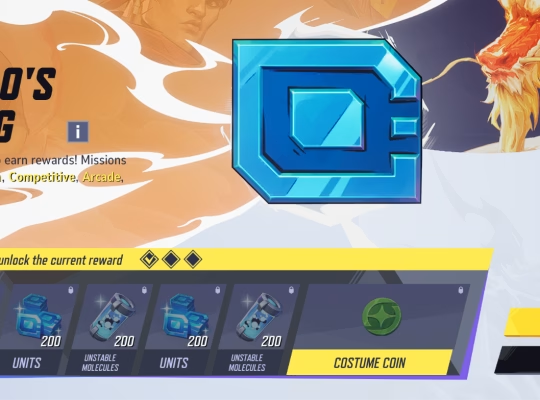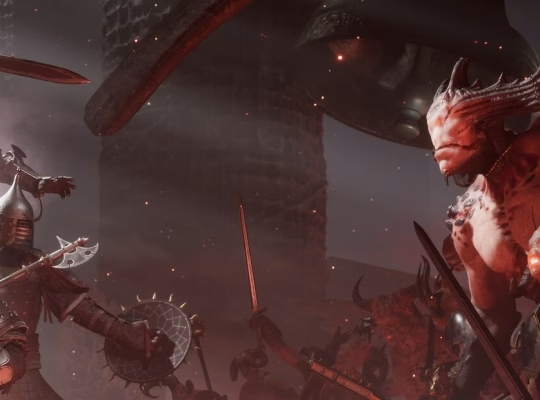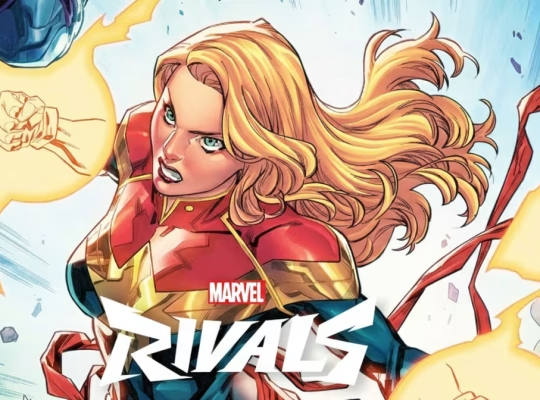I’ve been in the competitive gaming scene for a long time, and I’ll tell you something, there’s nothing quite like the grind of a new hero shooter. The initial rush, the meta developing, and the slow, satisfying climb up the ranked ladder. Marvel Rivals has captured that feeling perfectly, especially with its competitive mode, which is a true test of skill and teamwork. If you’re looking to dive into the ranked fray, or if you’re already in it and wondering where you stand, understanding the rank distribution is key. It’s not just about your rank, it’s about what that rank says about you as a player. Today, I want to break down the ins and outs of Marvel Rivals’ ranked system, from the lowest rungs to the One Above All.
My first piece of advice to anyone looking to start their climb is to get comfortable with the game first. You can’t just jump into ranked, you need to reach a certain account level to even unlock it. As of the latest updates, this is Level 15. I’ve found that this is a great system, as it forces new players to learn the maps and the heroes in quick play before they can start affecting other players’ competitive ratings. This initial period is your training montage, so use it to get a feel for a few heroes, learn the map layouts, and understand the core objective-based gameplay.
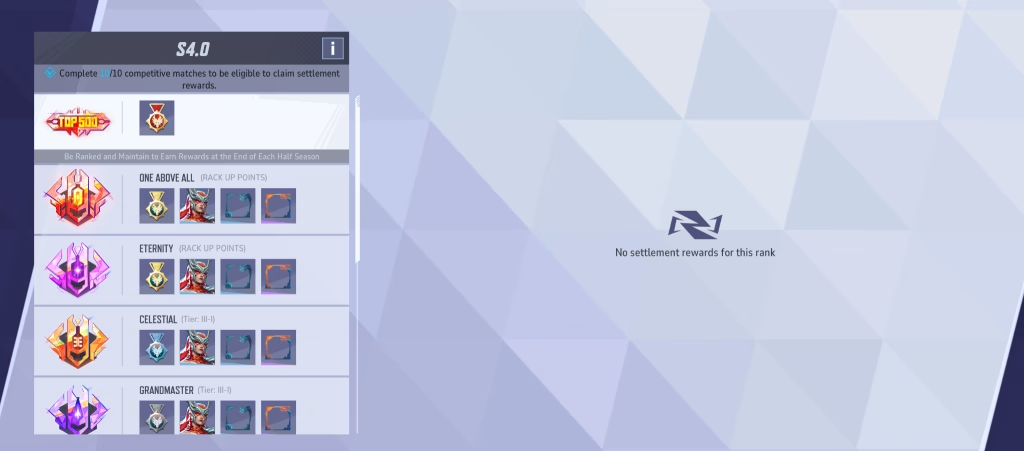
The Ranked Tiers, Explained
The Marvel Rivals ranked system is pretty straightforward, much like other hero shooters out there. There are nine core ranks, and most of them have three divisions each, from III (lowest) to I (highest). Your goal is to earn enough points to progress through these divisions and ranks. You get points for winning, and you lose them for losing. Simple, right? But the devil is in the details, and knowing how the system is structured is crucial for your climb.
Here is a quick look at the ranks and their tiers:
| Rank | Divisions |
| Bronze | III, II, I |
| Silver | III, II, I |
| Gold | III, II, I |
| Platinum | III, II, I |
| Diamond | III, II, I |
| Grandmaster | III, II, I |
| Celestial | III, II, I |
| Eternity | No divisions |
| One Above All | No divisions |
Notice anything different at the top? Eternity and One Above All are where the game’s top players duke it out. There are no divisions, just a pure point-based system. Once you hit Eternity, you just accumulate points, and if you’re one of the Top 500 players globally at the end of the season, you’re crowned with the prestigious One Above All rank. This is the ultimate goal, a true testament to your skill and dedication.
What the Distribution Tells Me
Now, for the part that most people are probably wondering about, the rank distribution itself. The numbers can shift slightly from season to season, and even throughout a season, but they generally tell a consistent story. Based on the most recent data I’ve seen, here’s a general breakdown of where players land:
- Bronze
: This is where a significant chunk of the player base starts and remains. I’d estimate somewhere around 25% of players are in this rank. It’s the entry point, where you’re learning the game’s basics and getting used to the pace of competitive play.
- Silver
: As you start to grasp the fundamentals of teamwork and objective play, you’ll move into Silver. This tier holds about 10-15% of the player base. It’s a stepping stone, a place where you start to see more coordinated efforts.
- Gold
: I consider Gold to be the rank where players really start to get it. They understand the hero roles, they’re working on their synergy, and they’re generally solid players. This is a big, chunky group, sitting at around 12-15% of the player base. Getting to Gold is often a major milestone for many players, as it unlocks the season’s exclusive ranked skin.
- Platinum
: Platinum is the land of the grind. Players here have a good understanding of the meta, they’re generally mechanically sound, and they’re focused on climbing. This rank holds another large slice of the player base, somewhere around 13-15%. This is where I’ve spent a lot of my own time, and it’s where you really start to feel the pressure of competitive play.
- Diamond
: This is where things get serious. Players in Diamond are consistently good, with a deep knowledge of hero counters and team compositions. This is a smaller, more elite group at roughly 15% of players. I’ve found that communication and strategic thinking are what really separate Diamond players from those below them.
- Grandmaster
: The ranks are starting to thin out now. Grandmaster players are genuinely excellent, capable of making game-winning plays and understanding the nuances of the game at a high level. This rank can hold around 14% of the player base, which is surprisingly high but speaks to the accessibility of the initial climb in Marvel Rivals.
- Celestial
: This is the gate to the absolute elite. Celestial players are a cut above, a very small percentage of the player base. I’d put it at around 6%. Reaching this rank is a huge accomplishment, and it means you’re among the best of the best.
- Eternity
and One Above All
: The final frontier. This is an incredibly exclusive club, with a total population of less than 1%, and One Above All reserved for the top 500. The players here are the ones setting the meta, and their names are often recognizable on the leaderboards. Inactivity at these ranks can lead to rank decay, which is a system that keeps things competitive and ensures the top spots are only held by active, dedicated players.
Tips From a Veteran
I’ve learned a lot from my own time in the ranked queues, and I’ve seen what separates the climbers from the stagnators. If you want to make a genuine push up the ladder, here are a few things I’ve learned that will make a difference:
- Focus on a small hero pool. Don’t try to master everyone. Pick two or three heroes in each role and learn them inside and out. Knowing their abilities, matchups, and team-up synergies will give you a massive advantage.
- Communicate, communicate, communicate. This can be the single biggest difference between a win and a loss. Use pings, use voice chat if you’re comfortable, and call out enemy positions, ultimate statuses, and when you need help.
- Play the objective. I can’t stress this enough. Kills are great, but if you’re not on the payload or contesting the point, they don’t mean anything. This is an objective-based game, and the teams that win are the ones that understand that.
- Learn from your losses. I know it’s a cliché, but it’s true. Don’t just get mad and re-queue. Watch your replays. Ask yourself what you could have done differently. Did you miss a key ultimate? Were you out of position? Every loss is a learning opportunity.
- Take a break. The dreaded losing streak is real. If you lose a couple of matches in a row, step away. Go play some quick play, or even a different game. You’ll come back with a clear head and a better mindset.
Closing Thoughts
The Marvel Rivals ranked system is a well-designed and rewarding experience. From the Bronze players just starting their journey to the elite few who earn the title of One Above All, every rank has its own unique challenges and opportunities for growth. Understanding the rank distribution gives you a clear picture of where you stand and what it takes to climb higher. My journey through the ranks has been a blast so far, and I can’t wait to see what the future holds for this competitive scene. Keep grinding, keep learning, and I’ll see you on the battlefield in Marvel Rivals.

